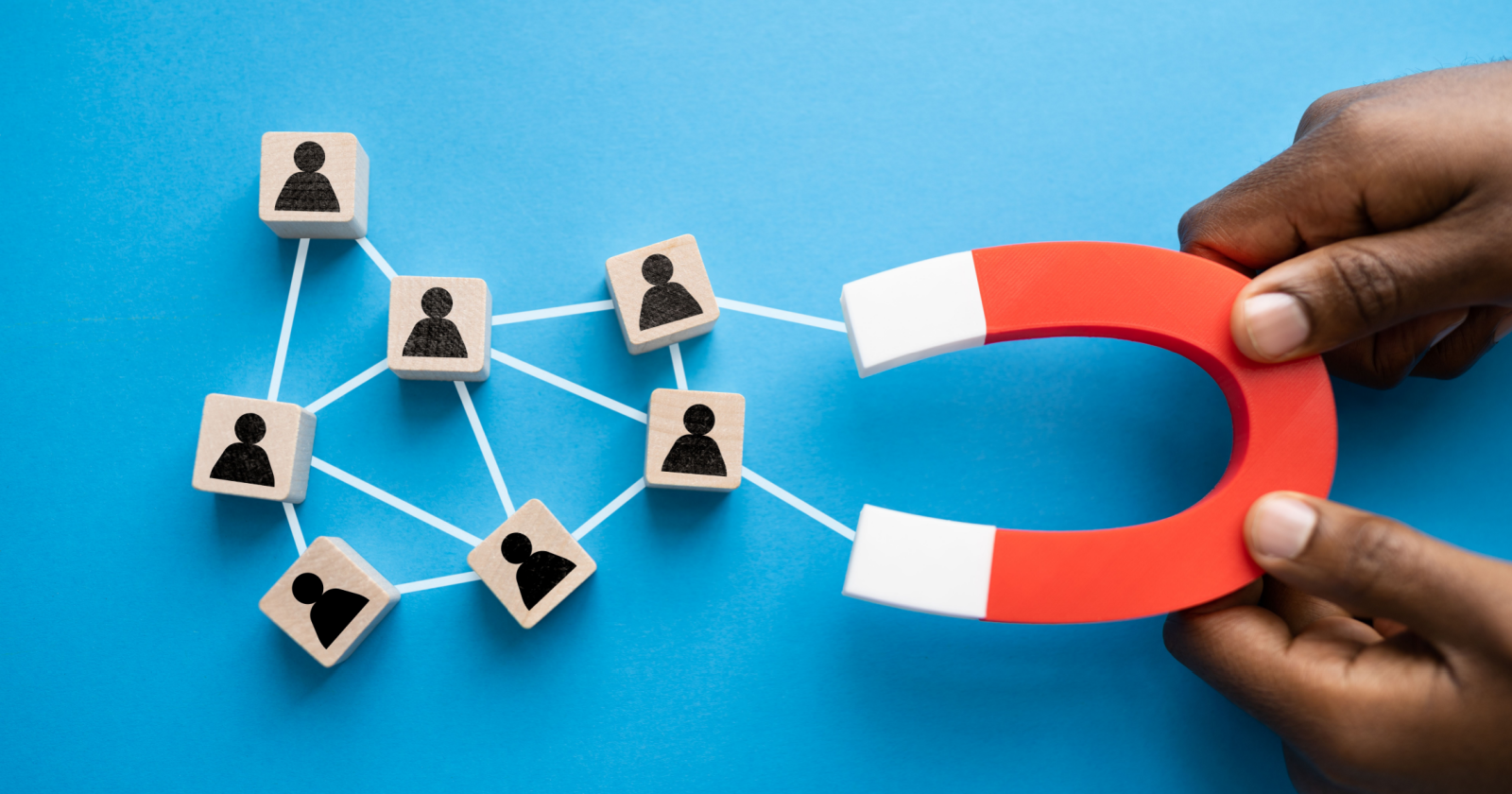
Google recently rolled out its newest goal type to advertisers: customer acquisition goals.
The customer acquisition goal efficiently finds new customers through different Google Ads campaign types based on marketing objectives.
In its recent tutorial video, Google broke down how the new customer acquisition goal functions and modes of support.
How The Customer Acquisition Goal Works
New customers are determined via three sources of data:
- Customer Match lists (first-party data)
- Google tag
- Auto-detection signals
Google supports two different customer acquisition modes:
- New Customer Value mode. Bid higher for new customers than for existing customers. The retail and online sales objectives are supported with this option.
- New Customer Only mode. Only bid for new customers. The retail, online sales, and lead gen objectives are supported with this option.
The customer acquisition goal can be set up for new and existing campaigns.
Setting Up The Goal For New Performance Max Campaigns
Selecting the customer acquisition goal for a new Performance Max campaign happens during the campaign construction.
First, select Performance Max as the campaign type and name the campaign.
The second step is to set the bid, which is where the new acquisition goal type is.
Image credit: Google, YouTube.com, April 2023
If Using the ‘New Customer Value’ Mode
Once the customer acquisition box above is checked, it will prompt the advertiser to choose from existing audience segments.
After the audiences are chosen, a value must be assigned for customer acquisition.
The value is assigned to new customer conversions, which helps Smart Bidding to optimize towards new customers.
Image Credit: Google, YouTube.com, April 2023
Google recommends setting the value to a new customer’s expected future organic revenue for optimal results.
Once the value is set, continue setting up the Performance Max campaign as usual.
If Using the ‘New Customer Only’ Mode
The process of adding the customer acquisition goal is the same as above, except choosing this option instead:
- “Only bid for new customers.”
This narrows the targeting down to finding new customers only.
Google recommends setting up a separate campaign for existing customers to not narrow the reach too much. ROAS targets should differ between the two campaigns based on user behavior and historical performance.
Setting Up The Goal For Existing Campaigns
The customer acquisition goal is available for these existing campaign types:
- Performance Max
- Search
- Video Action
#1: Configure Customer Acquisition Goal in Conversions
To do this, navigate to “Tools & Settings” >> “Conversions” >> “Customer Acquisition – Set up”
Image credit: Screenshot taken by author, April 2023
The goal setup is the same as the previous instructions:
- Select existing customer lists
- Set the value assigned to customer acquisition
This is now set up at the account level and available to add to existing campaigns.
#2: Configure Customer Acquisition Goal in Campaign
First, choose the campaign that will be using the new goal type. Click on the “Settings” tab on the left-hand menu bar.
Then, select the “customer acquisition” box, which will open up the goal panel.
Image credit: Google, YouTube.com, April 2023
Finally, select the appropriate customer acquisition type for the particular campaign, then click “Save.”
How To Measure New Customer Performance
The reporting upgrades are among the most exciting updates about the customer acquisition goal type.
A new column for “New customers” is available in the Google Ads online interface.
Image credit: Google, YouTube.com, April 2023
The ‘New customers’ column shows the number of new customers acquired by each campaign type using the goal.
In addition to the new reporting available, it helps calculate key metrics such as Customer Acquisition Cost.
Summary
Google’s newest customer acquisition goal helps advertisers be more strategic with their marketing dollars.
By balancing the need for new customers and key business metrics such as ROAS or profitability, the customer acquisition goal helps drive new customers while still hitting those goals.
Watch the entire Google Ads tutorial here.
Featured Image: Andrey_Popov/Shutterstock






